At the San Joaquin hospital in California’s Central Valley, nurses cover infectious Covid-19 patients with clear, tent-like barriers – or, when those aren’t available, white sheets – as they are wheeled through the ICU.
“It’s for everybody’s protection,” said Jessica Vasquez, an ICU nurse at the hospital – the sheets ensure that infection doesn’t spread to other patients and medical staff. But like so many of the protocols that the hospital has implemented since the coronavirus pandemic struck, it feels uncanny.
California records half a million Covid cases in two weeks
Read more
It’s eerie, that these days, she barely talks to her patients – many of whom are too weak to speak. She remembers a man, who – not long before he died of the virus, suddenly grabbed her hand. “He just said, ‘Thank you, thank you.’” None of his loved ones could be there with him.
“I’ve just felt so scared,” she said. “This virus can come, for any of us.”
When the virus first hit California, Vasquez was relieved to see the state implement a lockdown – it was the first American state to do so. Back in March, personal protective gear for medical staff was in short supply and hospitals were scrambling to understand the best practices to treat an illness they had never encountered before, but at least, “people understood this was serious. They stayed inside, if they could – and California avoided the fate of New York and Louisiana.
In that first phase of the pandemic, hospitals in the nation’s most populous state were strained, but they weren’t overwhelmed the way New York hospitals were. They didn’t have to acquire massive refrigerator trucks to serve as mobile morgues for the virus’s victims.
Until now. Less than a fortnight before the Christmas holiday, California distributed 5,000 body bags to the hard-hit regions including Los Angeles, and readied 60 refrigerated trailers. As of Monday, the state has tallied more than 2.1m cases and counted more than 24,000 dead. The ICU capacity in southern California hit 0% by mid-December. Two people were dying of Covid-19 every hour in hard-hit Los Angeles county, where the public health director, Barbara Ferrer, fought back tears as she reported that thousands of “people who were beloved members of their families are not coming back”.
Facing an increasingly dire situation, the state enacted a second lockdown, asking Californians to remain at home throughout the holidays to slow the spread of the virus. But nine months after the first shelter-in-place order, a pandemic-fatigued, frustrated public pushed back.
They balked at leaders’ choice to allow retail shopping and entertainment production to remain open, while most schools were shuttered and families asked to keep away from loved ones. Rightwing protesters gathered outside the homes of public health officials, while progressives demanded that the government prioritize reopening schools over shopping malls. As politicians in Washington debated a second economic relief bill, restaurant owners fretted over whether their businesses could survive a second lockdown. Lines at coronavirus testing sites and food banks grew, as the pandemic devastated ranks of essential workers at farms, grocery stores, garment factories and warehouses. “After months and months, people are broken, and they’re tired,” said Monica Gandhi, an infectious disease specialist at UC San Francisco. “And they need support.”
The year culminated in a deadly, damning indictment of California – its leaders’ inability to convincingly enact and enforce public health measures, its structural racism and inbuilt inequalities, its vicious political infighting and its inability to function as a “nation-state”, as Governor Gavin Newsom likes to call it, in isolation of of a hostile federal government.
‘I hope your family member doesn’t end up in the ICU’
In April, when Newsom declared himself the leader of a “nation-state” on MSNBC, he announced that California, frustrated by a lack of coordination by the federal government, had not only purchased enough medical-grade masks to address shortages within his own state, but also to send supplies to others. The morning after the Democratic governor made the announcement, #PresidentNewsom trended on Twitter.
Seven months later, a petition to recall the governor has been gaining some momentum – backed by Republicans and business interests frustrated by the new lockdown measures.
But as the death toll climbed, criticism grew within Newsom’s own political party. They were stunned that the state’s employment development department was swindled, under the governor’s watch, into paying billions in fraudulent unemployment claims. Meanwhile, jobless Californians struggled to access aid, and the department’s backlog of claims surpassed 1.6m at one point. As residents queued in snaking lines at local food banks, Californians balked at Newsom’s decision to attend a lavish birthday dinner at the Michelin-starred French Laundry, days before he told his constituents to forgo seeing their families for the holidays to stop the virus’s spread.
“At the beginning, I think our leaders did a good job,” Gandhi said, looking back at California’s coronavirus approach. The trouble, she said, came as the state began to reopen in early summer. California had a plan in place to do so slowly, but the famously progressive state wasn’t immune to a growing conservative movement that rejected face masks and vilified public health officials. Under mounting public pressure, Newsom, as well as local leaders, moved to reopen businesses and public spaces before case rates were low enough to warrant doing so. By May, the virus was so prevalent in California, and in the states that surrounded it, “that we weren’t ever going to really be able to conquer,” Gandhi said.
A lack of federal response and coordination made matters worse. Even if California had managed to enforce a longer and more effective quarantine at the beginning, it was surrounded by a “fractured disarray” of other states, counties and local health departments, each with slightly different rules and restrictions, Gandhi noted. It was impossible to monitor travel across state lines, and enforce recommendations that travelers quarantine upon entering California.
California is a large, decentralized state, in a very large, decentralized country, Gandhi said. “And that sort of system is just not the most effective during a respiratory pandemic.”
In this latest, winter stretch of the pandemic, “it’s the inconsistencies that have really agitated residents,” said Fernando Guerra, a political scientist at Loyola Marymount University. The governor, as well as local mayors, tried to at once pacify rightwing sheriffs who openly flouted public health measures, address the needs and demands of stretched school boards and teachers unions nervous about restarting classes, and help out small businesses facing economic disaster – while trying to contain the spread of disease, Guerra said. The result was a policy mess.
“It made sense in the very beginning,” said Vasquez. “But Newsom didn’t give the shutdown enough time. And since we began to reopen, none of it has really made sense to me.”
At hospitals and medical centers across the state, nurses told the Guardian that protections for healthcare workers have felt inadequate, and that even if they are exposed to the virus they are often required to continue working while awaiting their own test results.
At Kaiser Permanente medical center in Oakland, for example, a health worker is considered to have been exposed if they are missing a face mask or eye protection, and spend more than 15 minutes within 6ft of a person with Covid-19, according to an internal document shared with the Guardian. “First of all, when you’re helping a patient in an emergency situation, you can’t just hop out of the room because it’s been 15 minutes,” said one Kaiser nurse who asked to remain anonymous. And, she said, the difference between 14.5 and 15 minutes feels arbitrary. Moreover, in several areas of the hospital, it’s virtually impossible to remain 6ft away from patients and other medical staff, she said.
After realizing that one of her recent patients had tested positive, she said she held her breath for several days while she waited for her coronavirus test to come back – terrified that she was exposing her partner, kids or other patients as she continued to go to work.
The constant pressure and fear have weighed her down. “I went off work for about three or four weeks, and went on a ton of antidepressants and then came back because I honestly couldn’t cope,” she said. “I thought I was going to lose my mind. I was distraught – all the time.”
In a statement, Kaiser Permanente said that “in cases of exposure to the virus at work or away from work, we follow the recommendations of the CDC and public health agencies which vary according to an individual’s level of exposure”. The statement also said that staff who have coronavirus symptoms are immediately sent home, and those who’ve been exposed to the virus but don’t have symptoms are asked to “follow daily symptom and temperature checks”.
Amid the latest rush of cases, hospitals across the state have found themselves severely short-staffed. Facing a dearth of nurses and respiratory specialists to care for Covid-19 patients, many hospitals have pulled medical residents, nurses and staff from other departments, into emergency rooms and ICUs. Leaders failed to get ahead of a winter surge that public health experts had been predicting since the beginning, Vasquez said.
Newsom’s recent suggestion of a two-day program to train up additional ICU nurses felt like “a slap in the face”, Vasquez added. “It made me think like, ‘Well gosh, Governor Newsom, I hope your family member doesn’t end up in the ICU, being cared for by a nurse with two days of training.’”
The situation, “is just dangerous”, she said, adding that her 15 years of experience hadn’t properly prepared her steel nerves for the horrors of this pandemic. She’s chosen to work through it, even though she has a compromised immune system that makes her especially vulnerable to Covid-19. “We’re all pushing ourselves,” she said.
In Los Angeles county, ambulances in mid-December were waiting outside overwhelmed hospitals for up to six hours. “We’re starting to message that people who do not have a medical emergency should not call 911,” said Cathy Chidester, the emergency medical services director for Los Angeles county. “And we’re trying to be very careful with that messaging – because sometimes even mild symptoms, like numbness in the arm, can be a sign of a person having a stroke.” But with emergency departments backed up, and hospitals short-staffed – LA residents should consider calling their family physicians, or drive to urgent care clinics if they can, Chidester said. “Hospitals are stretched.”
A document circulating among doctors at the four hospitals by Los Angeles county suggested an answer to the very real trolley problem that medical staff are facing. Amid the crisis, instead of trying everything to save every life, doctors should try to save as many patients as possible, the document, obtained by the Los Angeles Times dictated. “Some compromise of standard of care is unavoidable,” it read.
‘Normal wasn’t working’
Even as hundreds of thousands of doses of vaccines are administered to healthcare workers across the state, and a second round of stimulus checks from the federal government made their way to struggling families, the weeks ahead look bleak for California – with poor, immigrant and minority residents affected most.
“There is structural racism, structural inequality, that’s built into the American economy and into the American political system that no governor, not even the governor of California, can change,” said Guerra. In Los Angeles county, Latino residents are being infected with the virus at more than double the rate of white residents. Latino and Black residents are hospitalized at disproportionately higher rates than white residents.
Low-income families and communities of color have also been hit with the brunt of the pandemic’s economic fallout, and have been less able to adjust to stay-at-home orders and other public health policies. In November, seven families sued the state for failing to provide “basic educational equality”, as most of California’s public school campuses remained closed, and poor students especially struggled to access the laptops and internet connection they needed to attend virtual classes.
At Crenshaw high school in south Los Angeles, Kamarie Brown, 17, said that as school president and the student representative on the district’s board of education, she had been fielding messages all year from peers who have been struggling to cope.
One student, a Spanish-speaker still learning English, recently reached out to her on Instagram, distraught that he couldn’t keep up with virtual class. Others have asked her for advice on how she’s able to stay motivated.
“It’s not easy,” she said. She herself shares an apartment with eight people – including four other school-aged children. “I go over to my friend’s house some days, or to the rose garden near me where I can use my phone as a hotspot for the internet,” she said. “When friends ask how I’m coping, I tell them it’s not easy for me either. I’m really motivated, but I have moments when I want to give up, too.”
The uncertainty, not only about when her school will reopen, but also about whether her grandmother and other relatives will catch the virus, and about whether her family will be able to make rent and pay bills, has taken a toll, she said. “I’ve felt all the emotions – I was scared, I was confused … Now I’ve just tried to tell myself to prepare for the worst and hope for the best.”
Throughout the pandemic, as the state locked down, and reopened, imposed restrictions, and rolled them pack, “we understood that the stakes were high,” said Aurea Montes-Rodriguez, the executive vice-president of the LA-based Community Coalition, a health and education advocacy group founded by congresswoman Karen Bass. “But while the state and county prioritized reopening certain sectors of the economy, what they created was a real challenge for working-class and poor families – especially for families of color.”
The devastating infection rates and fatality rates for Black and brown families is “unconscionable”, Montes-Rodriguez said. But even if the pandemic abates in the coming weeks, the job losses, debt and widening educational achievement gap will probably persist in California’s poorest communities, she said.
“So it’ll be important for our leaders not to walk away and say the vaccine’s here, we can go back to normal,” Montes-Rodriguez added. “Normal wasn’t working. We should never go back to normal.”


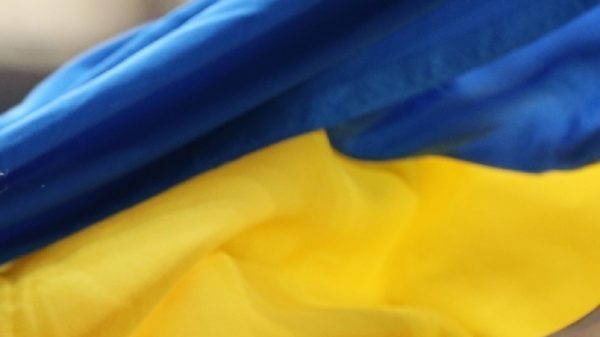




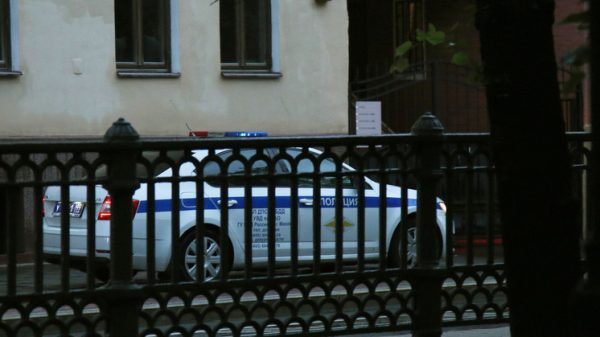


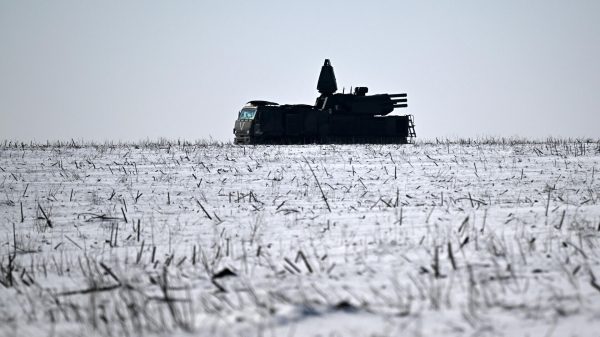


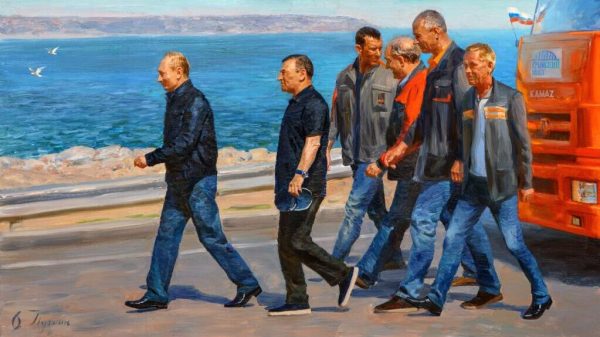





















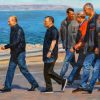













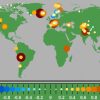



Свежие комментарии